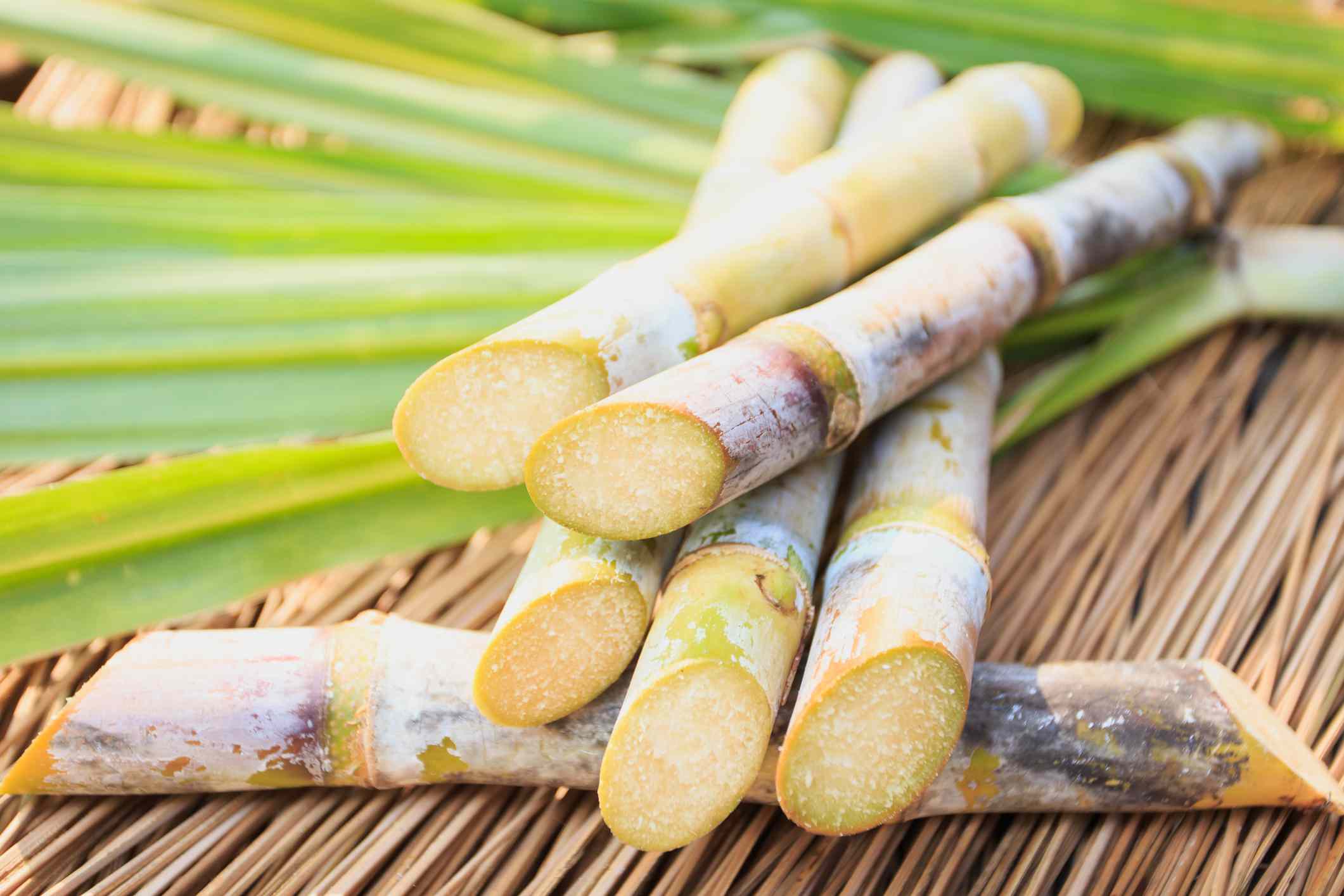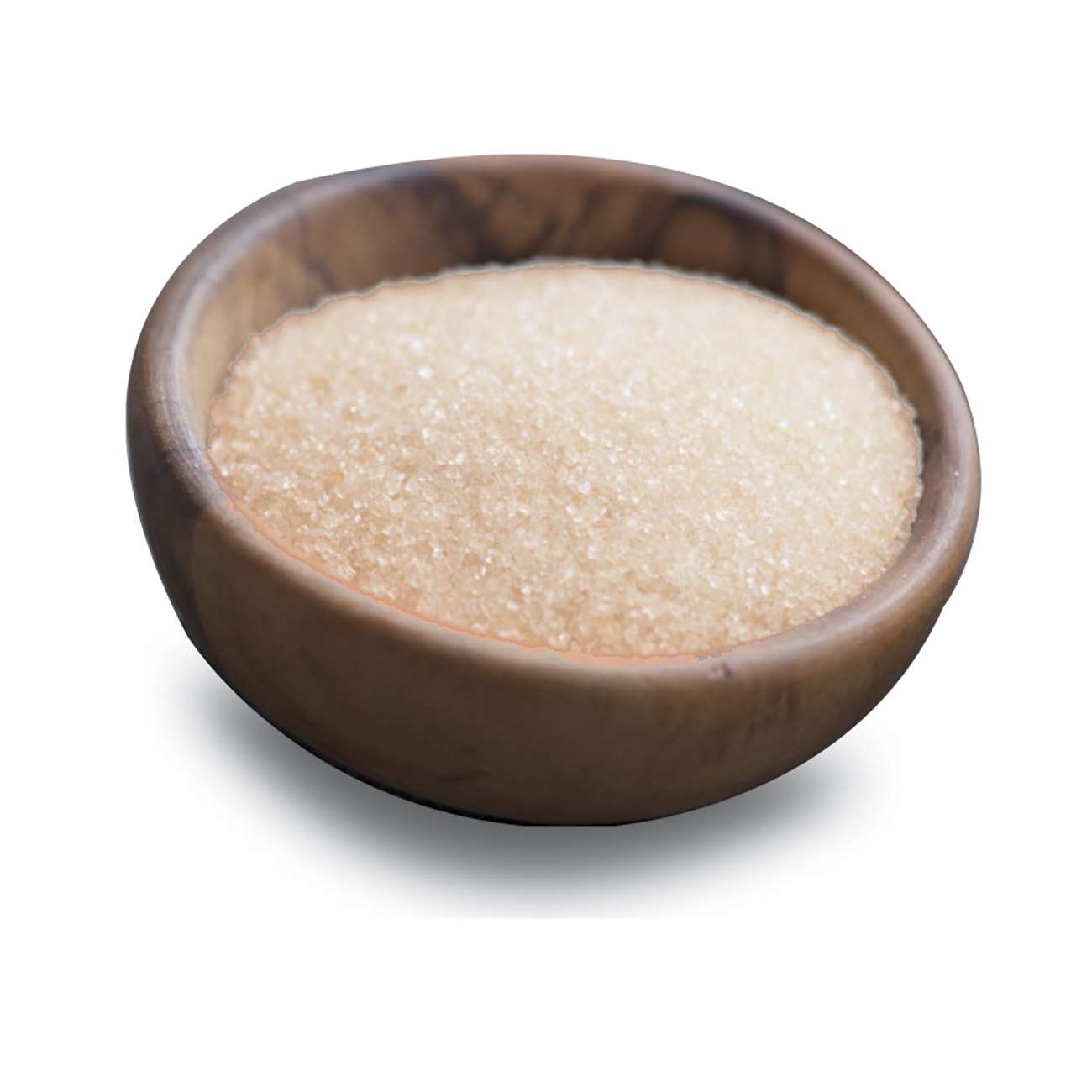An Extensive Overview to the Ecological Impact and Sustainability Practices in Walking Stick Sugar Handling
The ecological impact of walking cane sugar handling offers a complicated range of challenges that warrant mindful assessment. From soil degradation and too much water usage to the carbon impact connected with cultivation and manufacturing, the effects of standard practices are far-reaching. What details methods can be executed to strike a balance in between performance and ecological stewardship?
Review of Walking Cane Sugar Handling
Walking cane sugar handling includes a collection of methodical actions that change sugarcane right into refined sugar. Initially, harvested sugarcane is delivered to refining facilities, where it goes through cleaning to remove dirt and particles. Following this, the walking stick is crushed to draw out juice, which is then made clear by getting rid of pollutants with heating and the enhancement of lime.
The clarified juice goes through dissipation, where water is removed to concentrate the sugar material. These crystals are divided from the continuing to be syrup using centrifugation, resulting in raw sugar.
The final item is after that dried and packaged for circulation. Throughout this whole process, keeping effectiveness and quality assurance is vital to make sure the sugar meets market requirements. Each action in walking stick sugar processing not just adds to the end product yet also has effects for resource use and waste generation, establishing the phase for discussions on sustainability and ecological impacts related to sugar manufacturing.
Environmental Obstacles of Production
The production of walking stick sugar offers several considerable ecological obstacles that warrant attention. One primary concern is the extensive use agrochemicals, including fertilizers and pesticides, which can bring about soil deterioration, biodiversity loss, and contamination of neighborhood water resources. The runoff from sugarcane fields usually brings these chemicals right into nearby ecological communities, interrupting marine life and affecting the health and wellness of neighborhoods reliant on these water bodies.
Another obstacle is the high power usage connected with sugarcane handling. The boiling and refining phases require substantial warmth, mostly generated by melting fossil gas, adding to greenhouse gas emissions. Additionally, the large acreage required for sugarcane cultivation can bring about logging and habitat damage, further exacerbating environment adjustment and threatening wildlife.
In addition, the labor techniques in some areas increase moral problems, as employees might deal with bad working problems and poor salaries. This situation frequently perpetuates a cycle of destitution in local communities. Cane Sugar Processing. Attending to these ecological difficulties is crucial for establishing much more lasting practices in walking cane sugar production, eventually benefiting both the setting and the neighborhoods associated with this market
Water and Land Usage Impact
Water sources and land utilization are essential elements in the walking cane sugar market that significantly affect the environment. The growing of sugarcane calls for substantial water input, with price quotes suggesting that it can eat up to 2,000 litres of water per kilo of sugar produced. This intensive usage of water frequently brings about exhaustion of local water resources, influencing not only the sugarcane vineyards but likewise bordering ecosystems and neighborhoods that depend on the very same water resources for farming and domestic use.

Furthermore, land use for sugarcane farming can cause deforestation and the conversion of all-natural habitats right into monoculture vineyards. This technique decreases biodiversity, interferes with regional ecological communities, and contributes to dirt deterioration. The development of sugarcane fields commonly trespasses on useful agricultural land, producing competitors for resources between food and biofuel manufacturing.
Lasting techniques, such as optimizing watering techniques and carrying out plant turning, are necessary to minimize these impacts. By taking on a lot more reliable water usage and land monitoring strategies, the walking stick sugar sector can decrease its ecological impact, guaranteeing an equilibrium between farming performance and environmental conservation.
Greenhouse Gas Emissions
Greenhouse gas discharges stand for a significant ecological concern within the walking cane sugar handling industry, specifically as farming methods increase to meet worldwide need. The cultivation of sugarcane, a crop that thrives in exotic environments, see this site counts greatly on synthetic fertilizers and chemicals, which add to nitrous oxide emissions. visit In addition, land-use modifications, including logging for brand-new sugarcane ranches, release carbon dioxide stored in greenery and soil.
Throughout handling, energy consumption is an additional significant source of greenhouse gas emissions - Cane Sugar Processing. Several sugar mills make use of nonrenewable fuel sources to power machinery and generate warmth, leading to considerable carbon footprints. Furthermore, the transport of raw sugarcane and completed products adds layers of exhausts with fuel combustion in cars
This entails examining current farming practices, refining methods, and transport systems to identify locations for improvement and reduction. Dealing with greenhouse gas exhausts is necessary for promoting an extra sustainable walking cane sugar market in a changing climate.

Sustainable Practices and Innovations
Lasting techniques and innovations are significantly essential in the walking cane sugar handling sector as stakeholders seek to minimize ecological impacts while maintaining performance. One considerable advancement here are the findings is the execution of integrated crop management, which enhances resource use by combining soil monitoring, insect control, and plant rotation strategies. This method boosts yield while decreasing chemical inputs and preserving dirt health.
In addition, the adoption of renewable resource resources, such as biomass from sugarcane deposits, has obtained traction - Cane Sugar Processing. By transforming waste products right into energy, refining facilities can minimize their reliance on fossil fuels, therefore lowering greenhouse gas exhausts
Water administration techniques have actually likewise seen renovations with the recycling and reusing of water in handling plants, considerably lowering freshwater consumption. Advancements in modern technology, such as precision agriculture, make it possible for farmers to keep track of plant health and wellness and source usage better, making sure lasting growing practices.
Moreover, certification programs like Fair Trade and Rain forest Alliance motivate ecologically responsible farming practices and promote social equity within the supply chain. By accepting these sustainable methods and technologies, the walking stick sugar handling sector can enhance its resilience and contribute favorably to ecological stewardship.
Conclusion
The ecological effect of walking cane sugar processing presents considerable obstacles, including soil degradation, high water usage, and greenhouse gas exhausts, together with moral concerns related to labor practices. Attending to these issues via sustainable techniques, such as incorporated plant monitoring, renewable resource adoption, and water recycling, is important. By advertising ecologically accountable and socially equitable techniques in sugar production, the sector can alleviate its negative impacts, guaranteeing a more lasting future for both ecological communities and areas associated with this sector.
Walking cane sugar processing involves a collection of methodical steps that change sugarcane into polished sugar. Each action in cane sugar handling not only adds to the last item however also has effects for resource usage and waste generation, setting the phase for conversations on sustainability and environmental influences connected with sugar manufacturing.
Greenhouse gas discharges represent a substantial ecological issue within the walking stick sugar processing sector, especially as farming practices increase to satisfy international demand.Sustainable methods and innovations are significantly important in the walking cane sugar processing sector as stakeholders seek to minimize ecological effects while maintaining efficiency.The ecological influence of walking cane sugar handling offers substantial challenges, including dirt destruction, high water consumption, and greenhouse gas emissions, together with ethical issues associated to labor techniques.